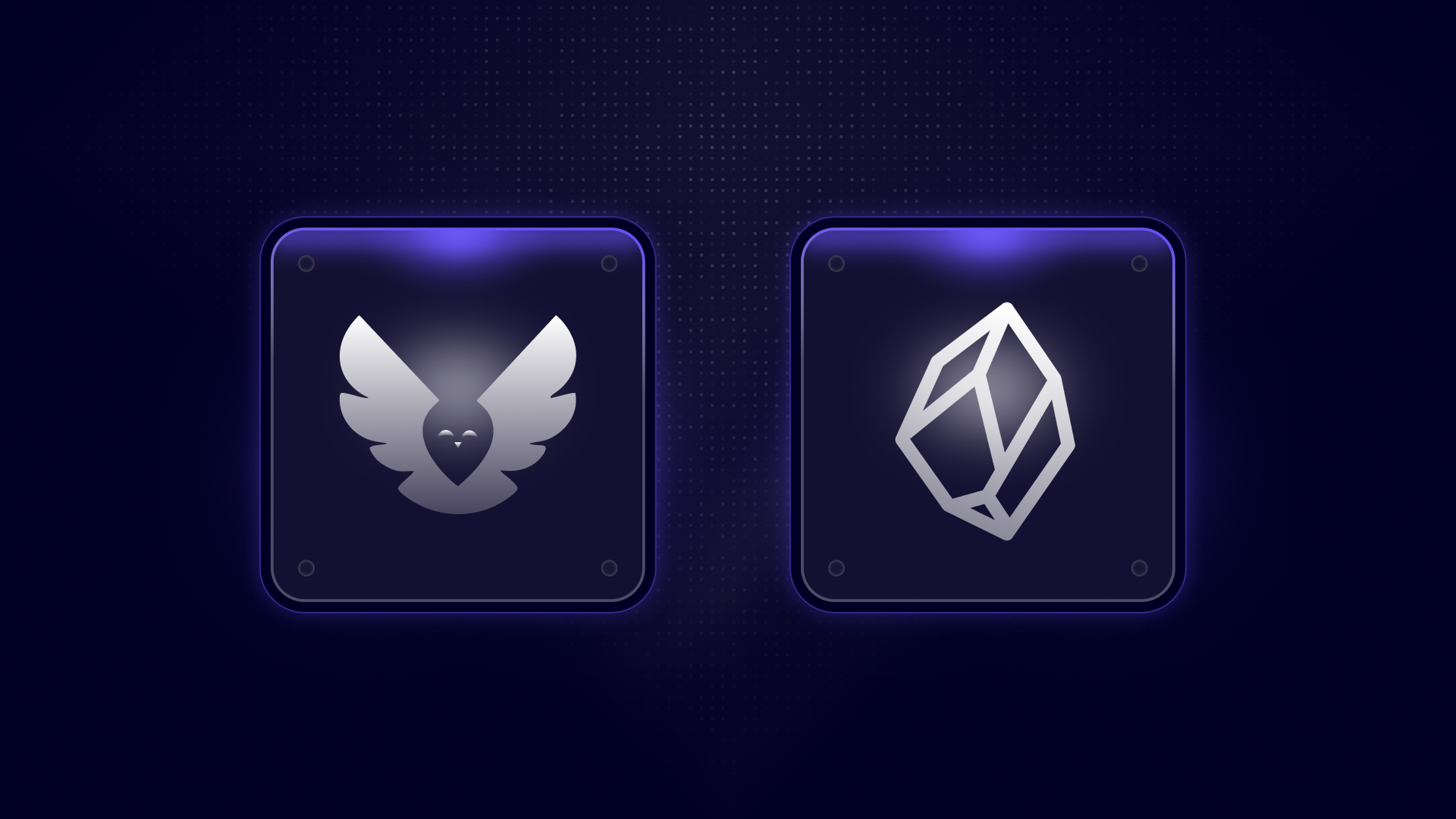
.avif)

Welcome to our blog.


Allseek and Haicker are joining Aikido: Building Autonomous AI Pentesting
Allseek and Haicker join Aikido to launch Aikido Attack, autonomous pentests that think like hackers and run in hours instead of weeks.
Customer Stories
See how teams like yours are using Aikido to simplify security and ship with confidence.
Compliance
Stay ahead of audits with clear, dev-friendly guidance on SOC 2, ISO standards, GDPR, NIS, and more.
Guides & Best Practices
Actionable tips, security workflows, and how-to guides to help you ship safer code faster.
DevSec Tools & Comparisons
Deep dives and side-by-sides of the top tools in the AppSec and DevSecOps landscape.
Security Masterclass: Supabase and Lovable CISOs on Building Fast and Staying Secure
Supabase and Lovable CISOs share what every builder needs to keep speed without losing control. Real lessons from the Aikido Security Masterclass.
Aikido + Secureframe: Keeping compliance data fresh
Keep SOC 2 and ISO 27001 compliance accurate with live vulnerability data. Aikido syncs with Secureframe so audits stay fresh and devs keep building.
Why European Companies Choose Aikido as Their Cybersecurity Partner
European companies trust Aikido Security to secure code, cloud, and runtime with GDPR, NIS2 & Cyber Resilience Act compliance and EU data sovereignty.
Complying with the Cyber Resilience Act (CRA) using Aikido Security
Learn how to comply with the EU Cyber Resilience Act (CRA). Aikido Security helps developers and security teams meet CRA requirements with automated scanning, SBOM, and runtime protection
duckdb npm packages compromised
The popular package duckdb was compromised by same attackers that hit debug and chalk
AutoTriage Integration in IDE
Aikido's IDE plugin can detect vulnerable code, and AutoTriage can help you ro priotiize what to fix
Quantum Incident Response
Quantum computers will break today’s encryption. Learn why incident response won’t help and how quantum readiness can protect your data before it’s too late.
Aikido for Students and Educators
Aikido for Education offers students hands-on cybersecurity training with real-world security tools, free for all educators.
Free hands-on security labs for your students
Aikido for Education offers students hands-on cybersecurity training with real-world security tools, free for all educators.
Popular nx packages compromised on npm
The popular nx package on npm was compromised, and stolen data was published on GitHub publicly
WTF is Vibe Coding Security? Risks, Examples, and How to Stay Safe
Vibe coding is the new AI coding trend where anyone can spin up an app in hours. But from Replit’s database wipe to exposed tea apps, the risks are real. Learn what vibe coding security means, the difference from agentic coding, and how CISOs can keep the vibes without the vulnerabilities.
Reducing Cybersecurity Debt with AI Autotriage
We dive into how AI can assist us in a meaningful way to triage vulnerabilities and get rid of our security debt.
Bugs in Shai-Hulud: Debugging the Desert
The Shai Hulud worm had some bugs of its own, and required patching by the attackers. We also look at a timeline of events, to see how it unfolded.
Top 12 Dynamic Application Security Testing (DAST) Tools in 2026
Discover the 12 top best Dynamic Application Security Testing (DAST) tools in 2026. Compare features, pros, cons, and integrations to choose the right DAST solution for your DevSecOps pipeline.
SAST vs DAST: What you need to know.
Get an overview of SAST vs DAST, what they are, how to use them together, and why they matter for your application security.
Get secure for free
Secure your code, cloud, and runtime in one central system.
Find and fix vulnerabilities fast automatically.
.avif)



.png)
